Live video commands the attention of the business world.
Projections show that live streaming will be worth a staggering $70.05 billion by 2021.
Unlike ever before, people have a means of interacting with their favorite brands. They can do this at the exact moment that those brands are reaching out.
This means that potential customers can (and often do) direct the action.
Here’s the good news:
You can use live video to engage your customers at the starting price of $0.
So, what’s stopping you from jumping in and using live video, too?
If you’re like most beginners, you’re stuck on choosing which platform is best for your needs. Luckily, live video is versatile, and most platforms are quick and easy to set up.
You can use Facebook, Instagram, YouTube, Periscope, or a variety of other platforms.
Your platform of choice will largely depend on your target audience. Once you choose your platform, live streaming is simple. You’ll be crushing video in no time.
And I’m happy to teach you how. But first, you need to understand a little bit about how live video works.
What is live video?
Video content has proven itself to be some of the most compelling content on the Internet in 2018.
In fact, projections show that video will account for 82% of all web traffic by 2021.
Why?
Live streaming taps into a uniquely human affinity for sharing and storytelling.
But what differentiates regular video from live video?
Live video is video that a user broadcasts live to an audience of real people engaging in the same exact space.
The hook is that, instead of it being like TV or similar broadcasted video platforms, this iteration of live video goes through social media.
And on social media, people can have an active conversation with the broadcaster.
Live video streams are commonly buzzing with comments and discussions that build a feeling of kinetic energy.
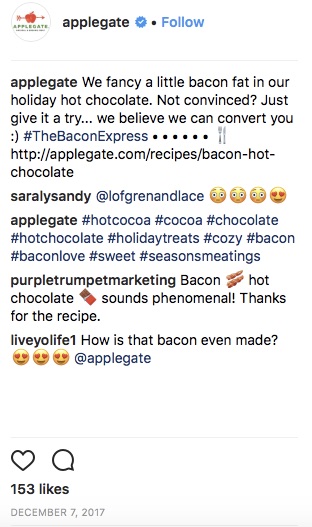
To be a part of the action is to be included.
This not only allows brands to create more authentic connections with customers, but it also gives them meaningful insights into what customers really want.
The combination of live video and social media access spurred an eruption of public interest
over the past year.
After Facebook launched its iteration of live video, each major social media platform released its own live video feature.
And Facebook Live is still the preferred platform for watching live streaming video.
YouTube Live and Instagram trail just behind Facebook.
Keep in mind that some live video platforms are better for certain things than others. You want to target the one that gives you the most utility for your needs.
If you think that live video is just a fad that’s going to die out when the “next big thing” comes along, you’re wrong. Live video is the next big thing, and it’s here to stay.
Here’s why.
Don’t ignore live video’s exploding popularity
According to Recode, more than 500 million people are viewing video on Facebook every single day.
That’s huge.
And in four years, 80% of all consumer Internet traffic will be Internet video traffic.
This shouldn’t come as a surprise. Pro gaming is an entire industry that thrives on live video, and it’s booming. And that’s just one industry that drives the popularity of live video!
According to Buffer’s 2018 State of Social Report, 96% of businesses use Facebook, 89% use Twitter, 70% use LinkedIn, another 70% use Instagram, and 57% are active on YouTube.
Of these businesses, 85% plan to create even more video across their social accounts than they did the year before.
As if that wasn’t enough, 95% of brand executives think that live video is the key to training, engaging, and communicating in 2018.
If you choose to ignore the importance of live video, your competitors are going to leave you in the dust. Now is the time to choose a platform and get started.
Choosing the right video outlet is vital to the success of your marketing mix this year. But it shouldn’t be too hard to find one that will work for you.
Developers have had time to smooth out most of the live video platforms, which means that they’re easy for both businesses and customers to use.
For example, Facebook live offers a built-in notification system that notifies users when a page that they’ve liked “goes live.”
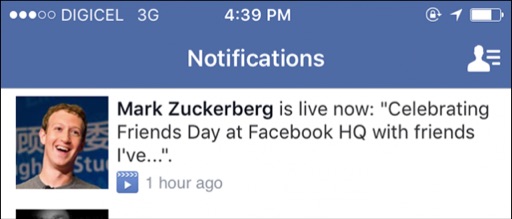
Facebook also offers features that allow pages to promote a live video ahead of time. Users can simultaneously set reminders so they don’t forget about the broadcast.
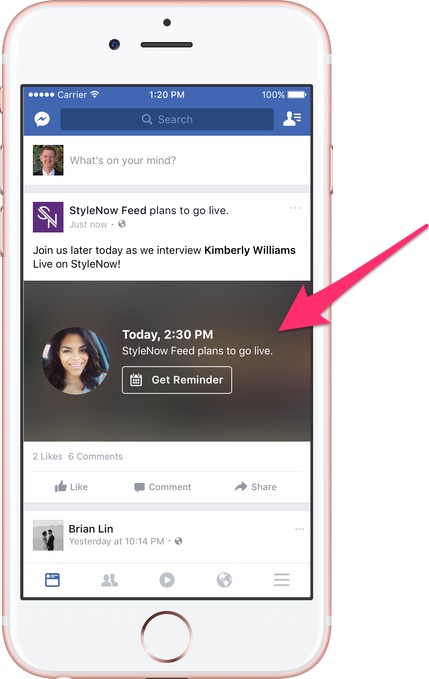
If you want to expand your reach and gain exposure for events or product launches, this is a great feature.
Your posts and ads won’t get lost in a sea of status updates. Streaming brings customers straight to you instead.
But how are people interacting with streaming video as a whole? And how are brands specifically using it?
How are people interacting with live video?
Brands aren’t the only ones using live video. Ordinary people use live video on each and every one of the social media platforms that offer it.
Like with videos and photos, social media users are leveraging live video feeds to share their own stories.
It’s more personal than a typical, all-text post.
Because live video allows you to share content in real time, many businesses have taken advantage of the free-flowing nature of the medium to create experiences that wouldn’t work anywhere else.
Kohl’s, for example, does this.
The people who engaged with this video were watching Kohl’s models work out live.
If it weren’t live, the event would have looked like a basic, obvious infomercial. But because it was fully interactive, 37,000 viewers got to experience it together.
That’s virtually impossible when it comes to television ads unless it’s Super Bowl Sunday.
80% of people would rather watch live videos from brands than read their blog posts while 82% prefer live videos from brands over regular social posts.
Here’s the bottom line:
Live video is ideal for human interaction.
It brings people out of their shells on Facebook, for instance, where broadcasts receive 600% more engagement than regular posts.
Brands, influencers, and regular users can all access live video to share the most interesting parts of their days.
So can you.
Live video brings traffic to your business
With Facebook Live, customers can literally engage with you in real time.
You’re able to address viewers by name, which boosts active engagement and participation.
To put it simply, live video allows brands to “break the fourth wall” between them and their customers.
Search Engine Journal found that their live video posts on Facebook like SEJ News Live receive more attention than their regular updates.
In fact, their live videos packed an engagement punch that was 178% higher than the average engagement on their regular posts.
Over two months, live video increased the brand’s referral traffic by 213%.
And with live video, customers are always in the loop about events whether they’re serious or outlandish.
For example, back in 2016, BuzzFeed held their audience’s attention for 45 minutes while two employees were putting rubber bands around a watermelon until it “blew up.”

Even though it was a rather silly event, the suspense of the live broadcast kept the audience watching.
The content wouldn’t have been as interesting if BuzzFeed had posted it on their social media accounts as a regular video. The fact that it was live created a sense of community for viewers.
Viewers waited for the watermelon to pop together. While waiting, they speculated on the number of rubber bands it would take for the fruit to reach its breaking point.
Live video also helps influencers because they can learn exactly what viewers are interested in talking about.
Influencer Brian Fanzo advises creating a strategy for live video ahead of time but keeping things flexible.
Here’s what he told Convince and Convert:
“I was giving a tour behind the scenes with the goal to make the streaming a ‘backstage pass’ event, when several viewers started asking questions about my new Samsung phone.”
He switched gears and started talking about technology with viewers since that’s where participants wanted to take the conversation.
You have to be willing to go with the flow.
If you work with an influencer on live video campaigns, both the host and your brand will be able to access the wants, needs, and desires of your audience more authentically.
Tons of brands are finding huge success by broadcasting recurring live videos.
Consider HelloFresh, for example. The brand hosts a live, interactive cooking show where their customers cook along with the host. They get tips from professional chefs and immediate answers to their questions.
This helps viewers improve their cooking skills and prepare tasty meals with help from an expert.
Viewers can find the Facebook Live Cooking Party series on the HelloFresh Facebook page.
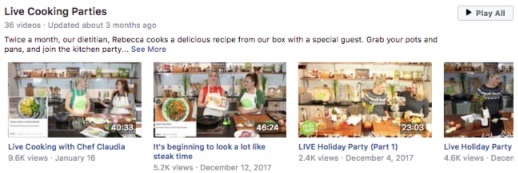 https://blog.kissmetrics.com/live-video/
https://blog.kissmetrics.com/live-video/
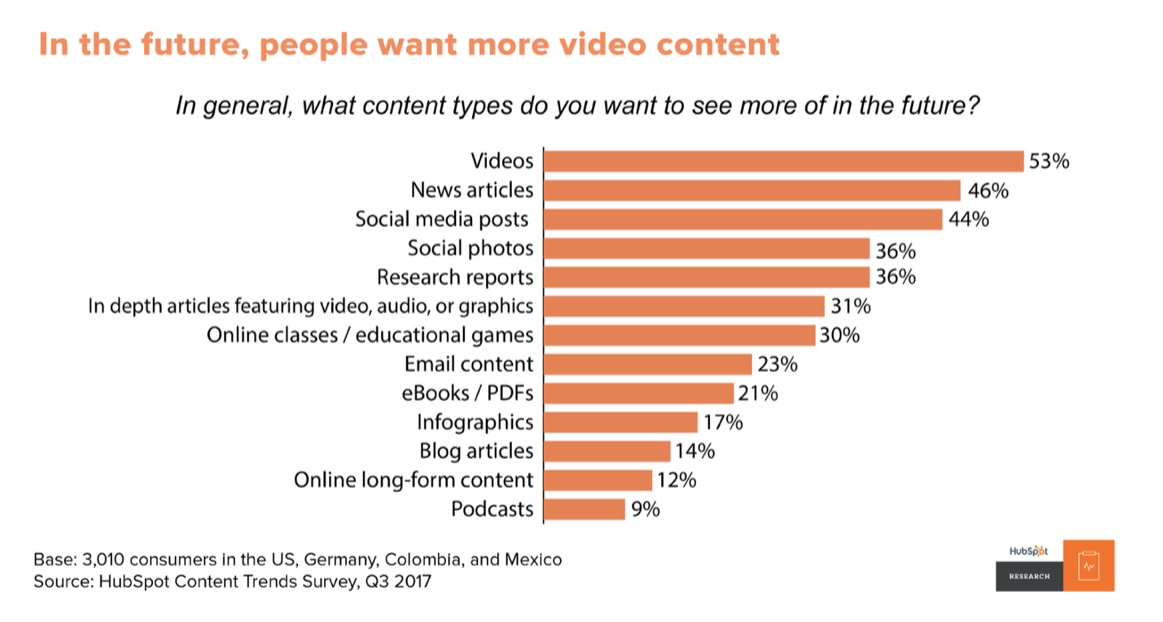
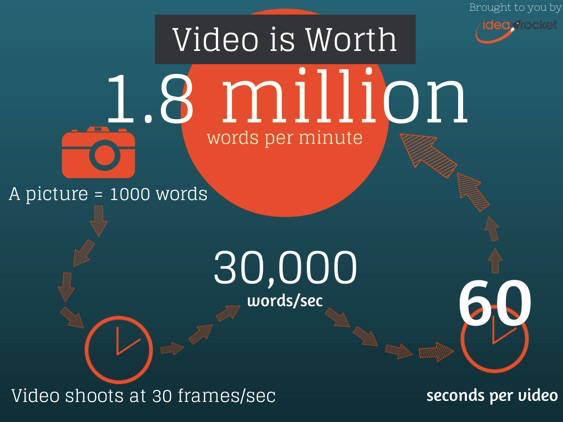
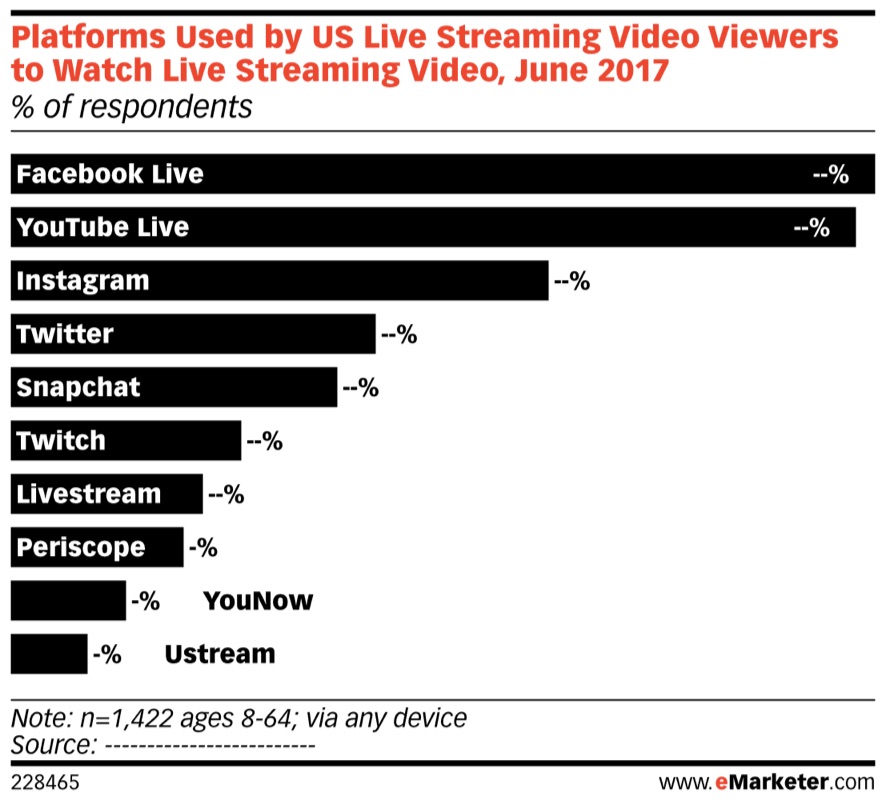
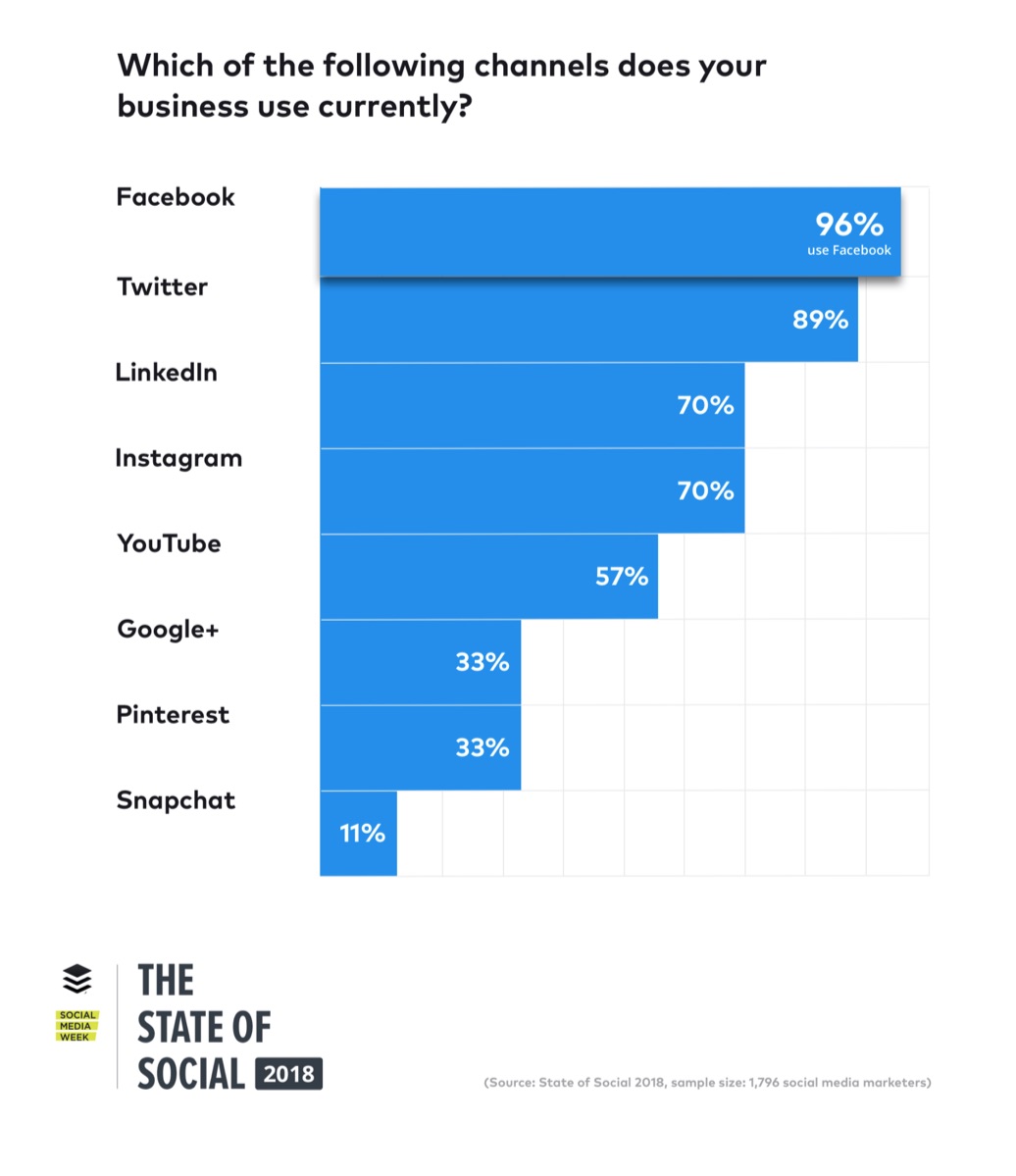

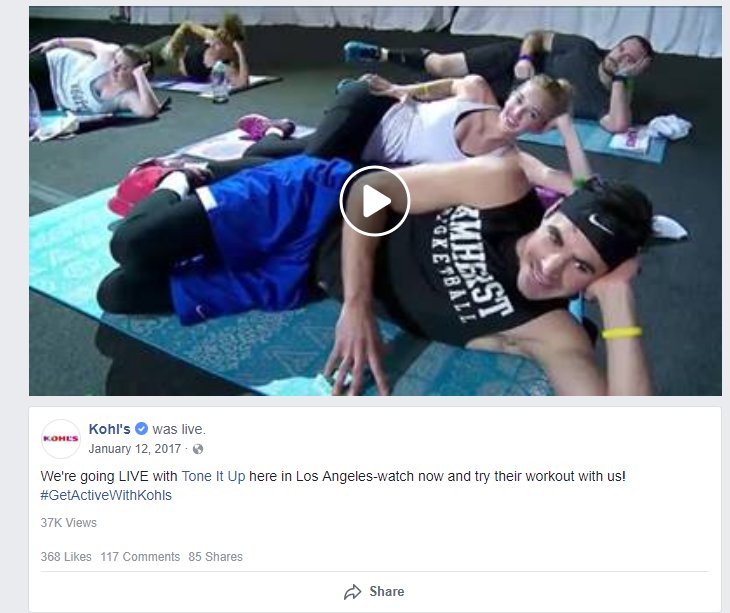
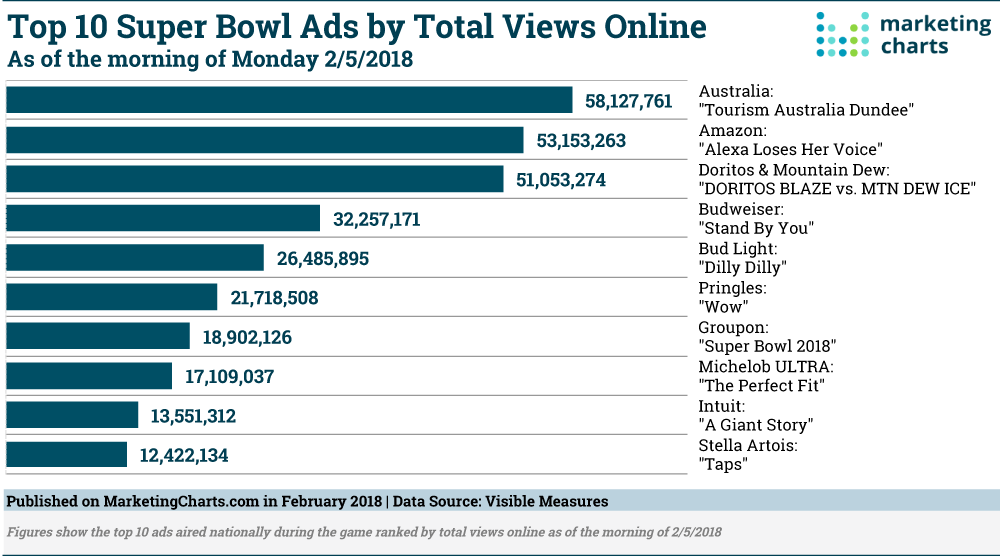

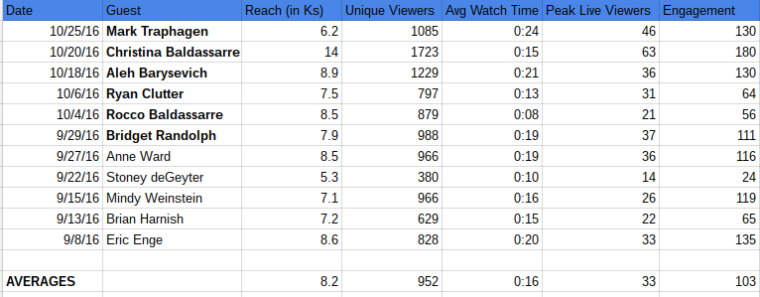
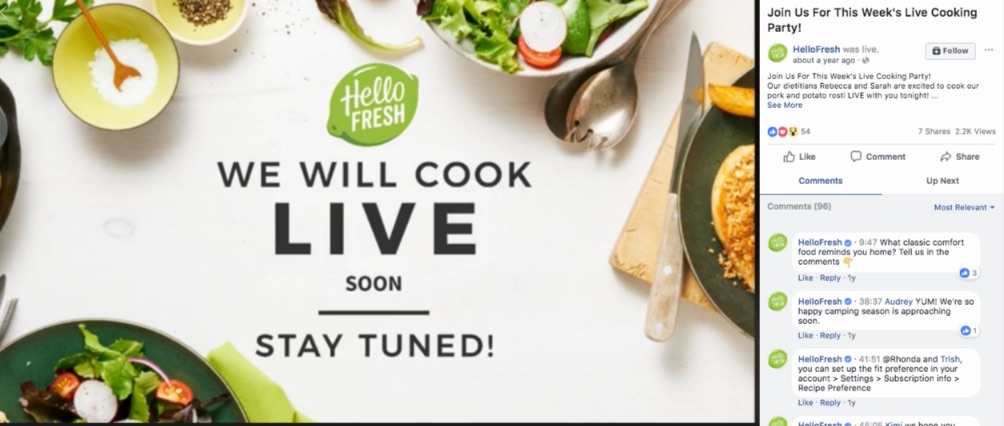
No comments:
Post a Comment